Many photographers started their creative journeys as painters, honing their eye for composition, color, and light in a different medium. Their transition to photography often reflects a unique artistic perspective, blending the fine art of painting with the modern capabilities of the camera. These artists brought a painter’s sensibility to their photographic work, resulting in powerful and innovative imagery that stands out in the world of photography.
Henri Cartier-Bresson
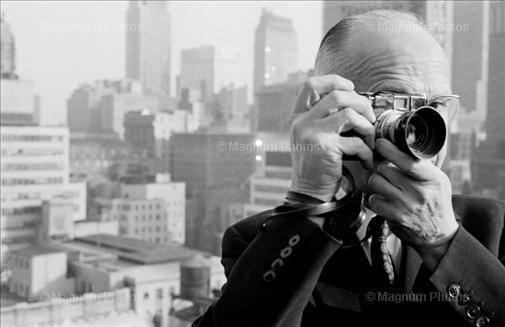
Henri Cartier-Bresson is often considered the father of modern photojournalism. He began his artistic journey as a painter, studying under André Lhote. His understanding of composition, honed through painting, played a pivotal role in his photographic work. His ability to capture “the decisive moment” is linked to his painterly eye, and he often approached photography with the same careful attention to geometry and form.
Man Ray
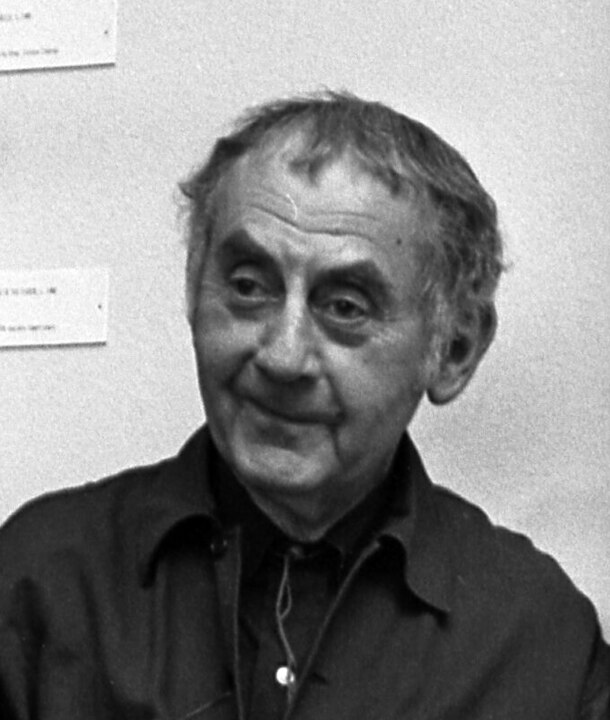
Man Ray started as a painter before becoming a leading figure in both the Dada and Surrealist movements. His background in painting influenced his approach to photography, especially in his experimental use of techniques like solarization and rayographs. Ray often treated photographs like paintings, manipulating the images to create surreal, dreamlike scenes that blurred the line between reality and imagination.
David Hockney
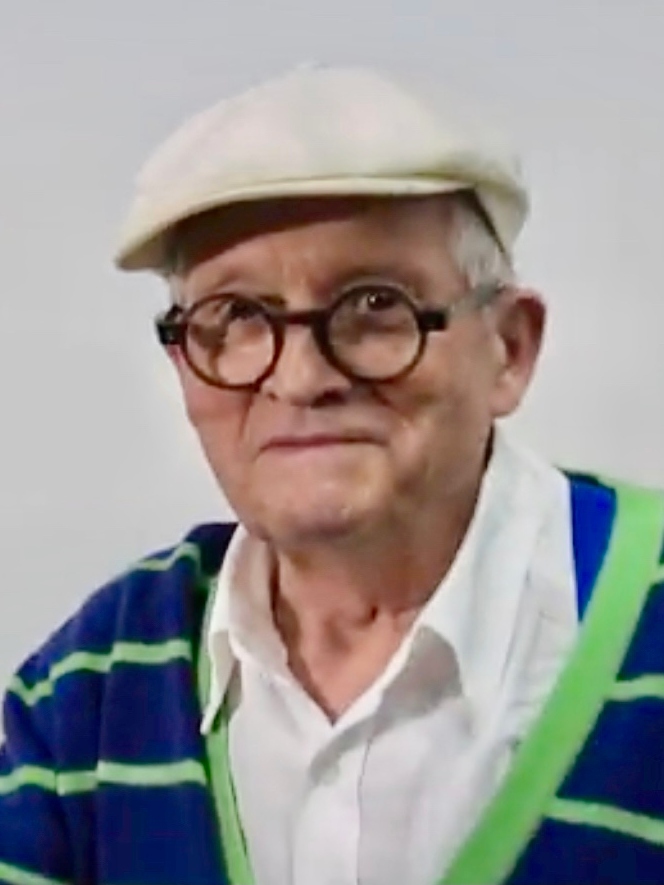
Although better known as a painter, David Hockney explored photography in the 1980s with his photo collages called “joiners.” His background in painting influenced his interest in perspective and the fragmented view of space. Hockney’s photography often feels painterly in its composition and use of light, exploring similar themes of perception that run throughout his painted work.
Chuck Close
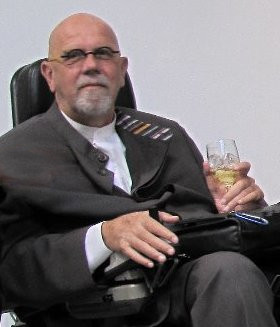
Chuck Close, a painter best known for his large-scale portraits, also worked extensively with photography. His training in painting informed his approach to portrait photography, where he meticulously captured every detail of his subjects. Close’s use of the grid system in both painting and photography emphasizes his painterly approach to composition and detail.
Gustave Le Gray
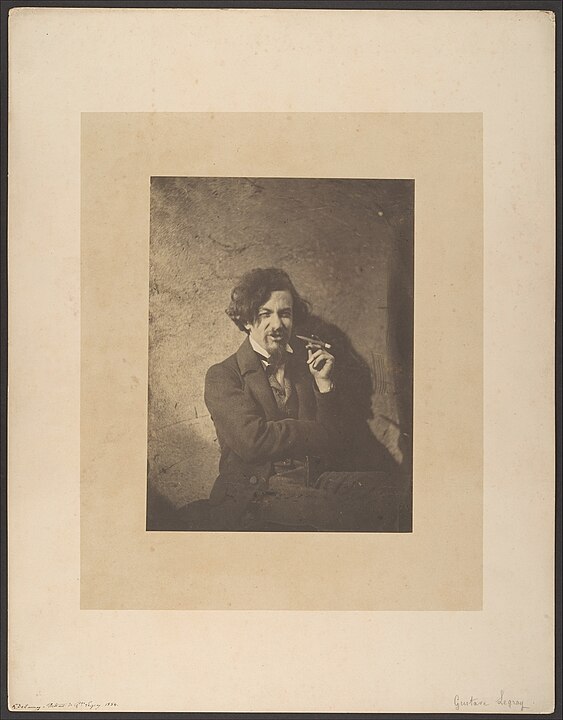
Gustave Le Gray initially trained as a painter before becoming one of the most important early photographers. He is known for his landscape and seascape images, which bear the influence of his training in Romantic painting. Le Gray’s ability to capture light and shadow with precision made his photographic work resemble finely rendered paintings.
Gerhard Richter
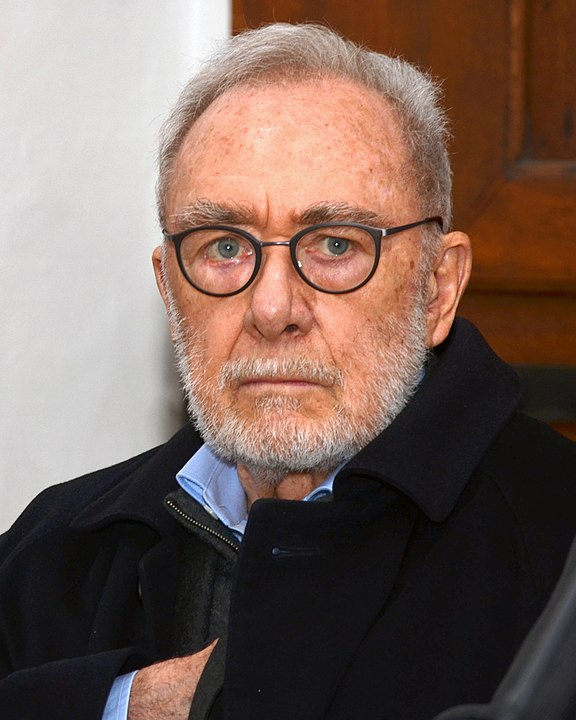
Gerhard Richter, primarily recognized for his paintings, has also worked with photography throughout his career. His photorealistic paintings often resemble photographs, and conversely, his photography reflects his painter’s eye for detail and texture. Richter’s work often blurs the boundaries between the two mediums, with each influencing the other in compelling ways.
Edward Steichen
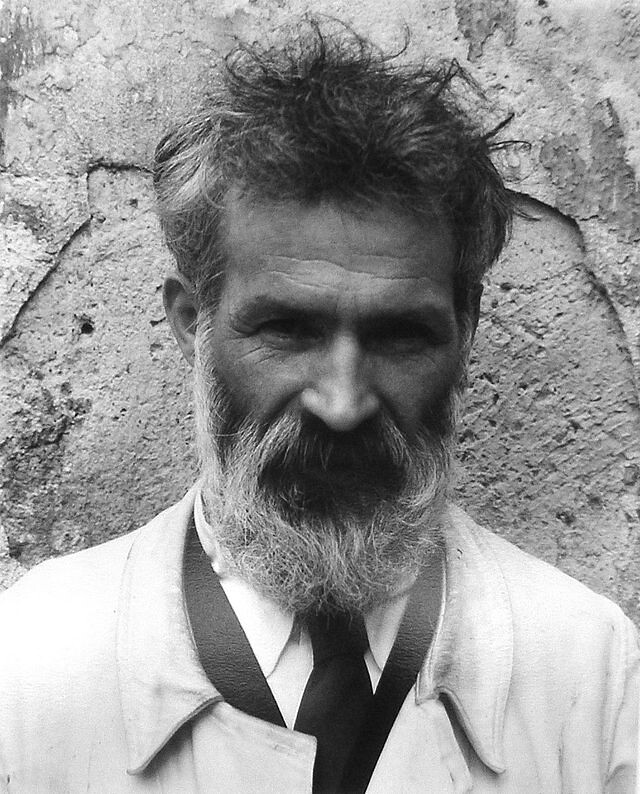
Edward Steichen began his career as a painter, training at the Académie Julian in Paris, and this background heavily influenced his photography. Known for his portraiture and fashion photography, Steichen often brought a painterly sensibility to his work, using light and composition to craft images that felt carefully staged and composed, much like a painting.
William Eggleston
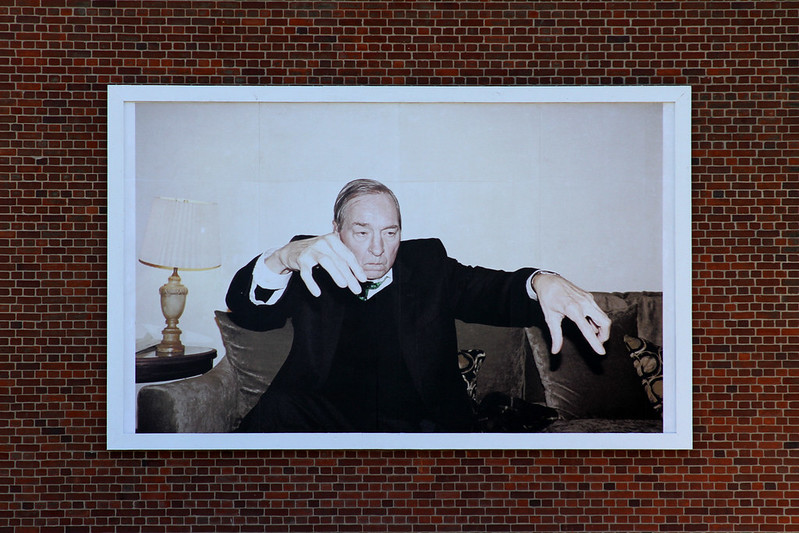
William Eggleston, known for his vibrant color photography, originally studied painting at the University of Mississippi. His painterly approach to photography is evident in his use of color, light, and composition, turning everyday scenes into something visually striking. Eggleston’s eye for detail and his ability to transform the mundane into art is closely tied to his background in painting.
Cindy Sherman
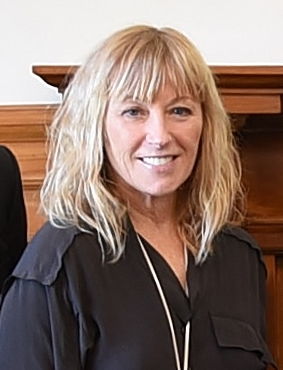
Cindy Sherman originally studied painting before transitioning into photography, where she found her niche in creating conceptual portraits. Her background as a painter allowed her to understand light, shadow, and color in a way that made her self-portraits feel painterly. Sherman’s photographic work often engages with the same themes of identity and representation that her paintings once explored.
Alfred Stieglitz
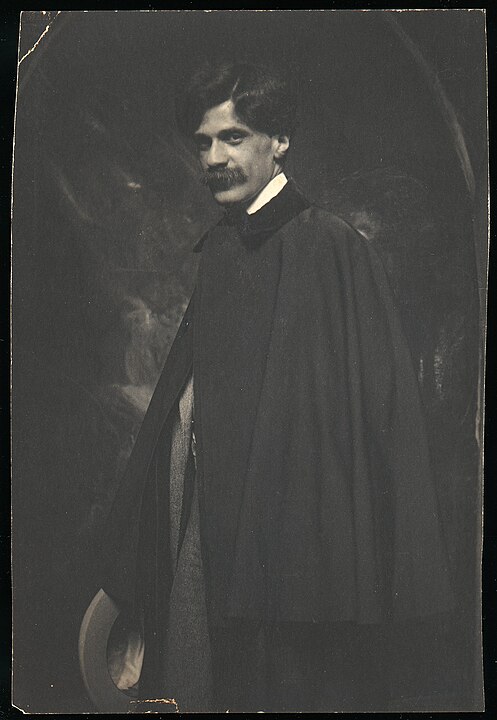
Alfred Stieglitz, one of the pioneers of photography as an art form, began his artistic journey studying painting in Europe. His background influenced his approach to photography, particularly in how he composed his images and sought to elevate photography to the level of fine art. His photos are often compared to paintings for their careful attention to detail and composition.
John Baldessari
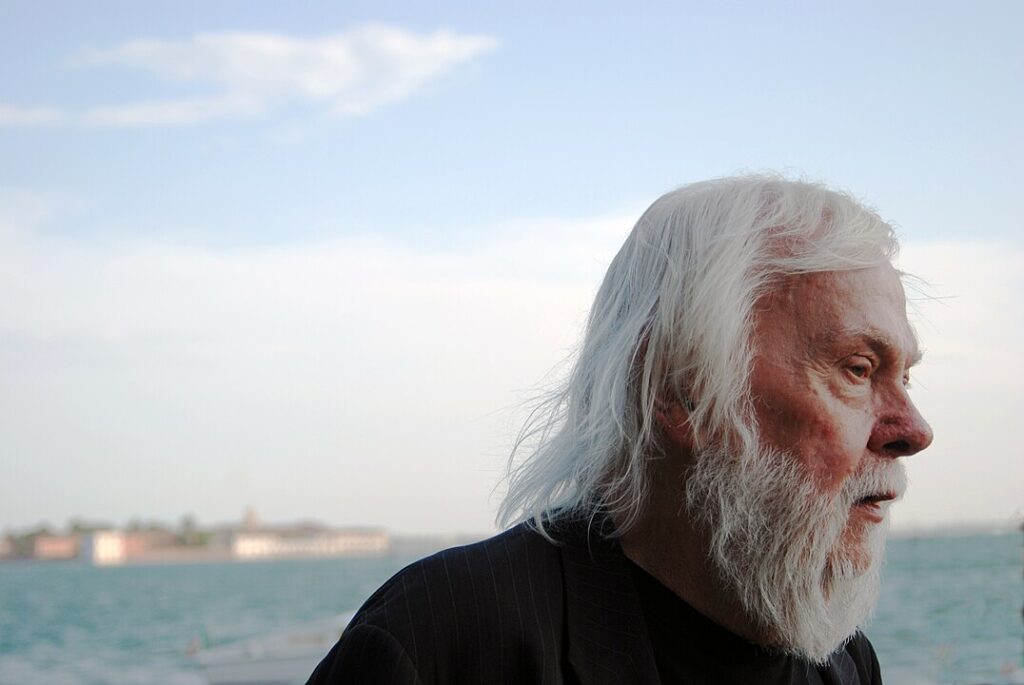
John Baldessari was a painter before embracing conceptual art and photography. His photography often engages with the painter’s concern for composition, form, and narrative, blending the two disciplines into one. Baldessari’s use of mixed media, including text, further reflects his painterly approach to visual storytelling, using photography to continue exploring themes he initially engaged with through painting.
Saul Leiter
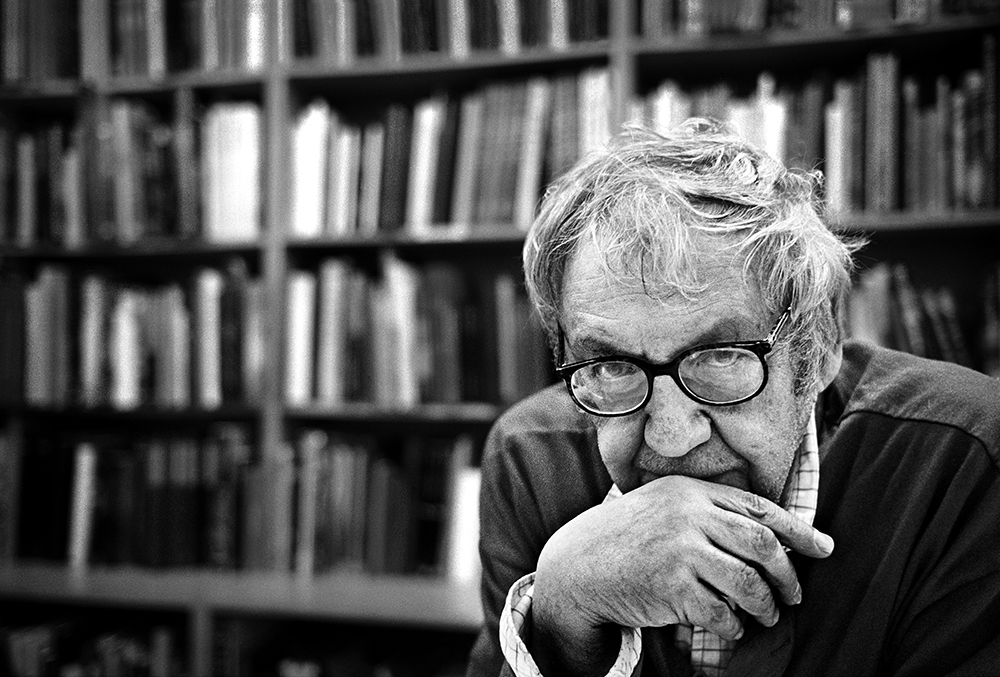
Saul Leiter was first a painter before gaining recognition for his color photography, particularly of street scenes. His painterly eye for color and composition, particularly in his use of reflections, abstracted forms, and layered textures, sets his photography apart. Leiter’s photographs often feel like impressionist paintings, with soft edges and a deep sense of mood.
Thomas Ruff
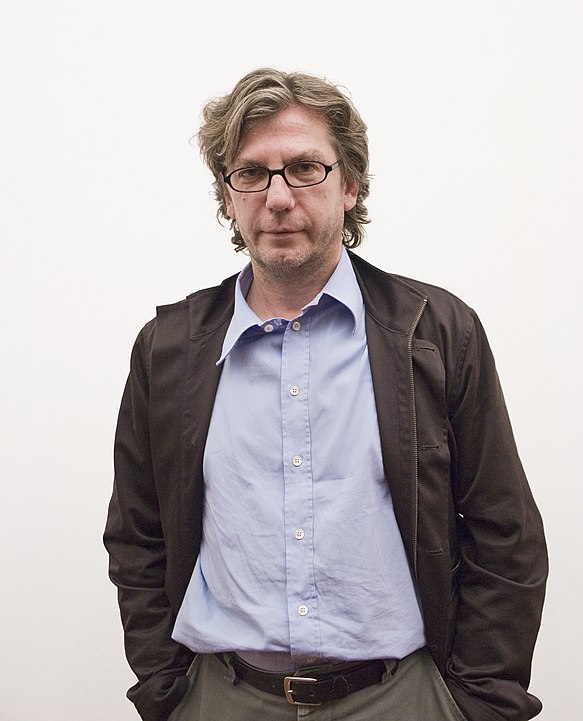
Thomas Ruff, known for his large-scale portraits, was influenced by his early studies in painting. His photography reflects a painterly approach to capturing detail, light, and form. Ruff’s work, like a painting, often blurs the lines between reality and abstraction, especially in his series of digitally manipulated photographs.
Wassily Kandinsky
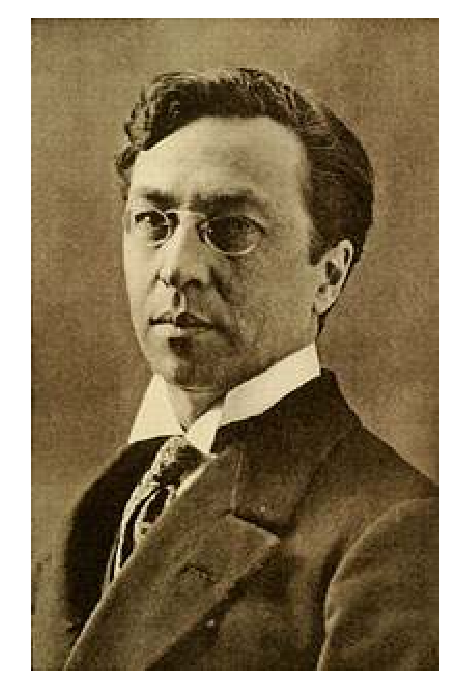
Though primarily known as one of the pioneers of abstract painting, Wassily Kandinsky also worked in photography. His training as a painter deeply influenced his photographic compositions, where his exploration of form and color carried over into his work behind the camera. Kandinsky’s abstract sensibility gave his photography a unique, almost ethereal quality.
Francis Bacon
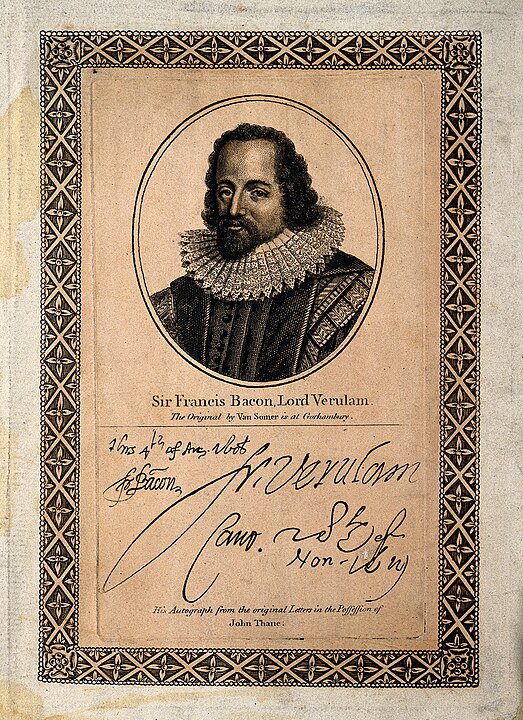
Francis Bacon is best known for his powerful, often grotesque paintings, but photography played a crucial role in his artistic process. Bacon, who studied painting extensively, used photographs as references for many of his works. His understanding of form, light, and texture in painting is also evident in his photographic studies, which reveal a painterly eye for composition.
Dora Maar
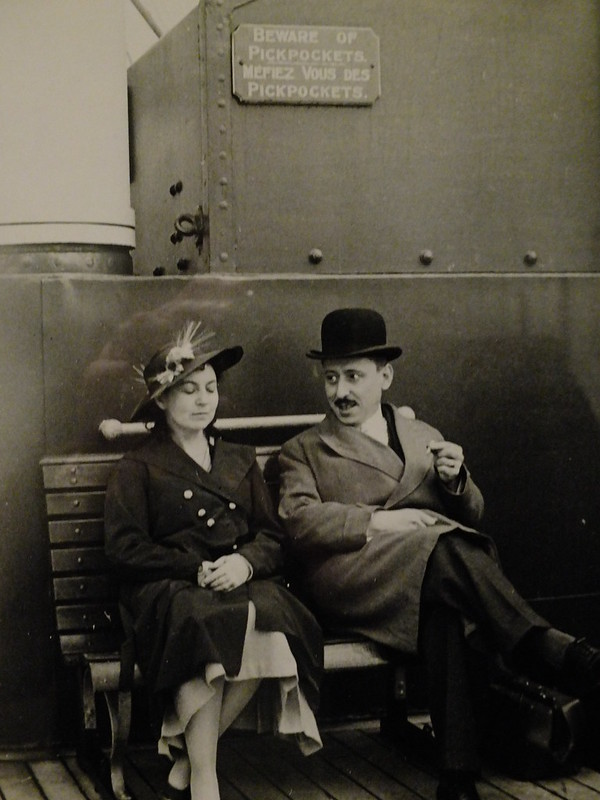
Dora Maar, a painter and photographer, began her career studying painting at the Académie Julian. Her photographic work, particularly her surrealist images, was heavily influenced by her training as a painter. Maar’s use of light, shadow, and surreal compositions reflect her painter’s approach to visual storytelling, blending dreamlike elements with a sharp photographic eye.
Irving Penn
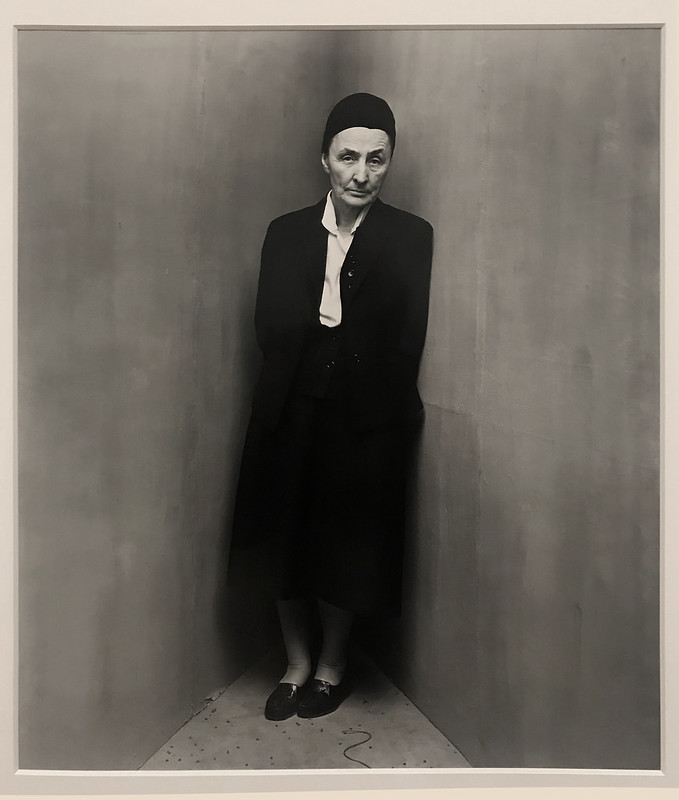
Irving Penn, famous for his fashion photography, started out as a painter before pursuing photography. His background in painting influenced his attention to detail and composition in his photographic work, particularly in his elegant still-life images. Penn’s portraits also bear the influence of his painterly sensibility, using light and shadow to create a sculptural effect.
Jeff Wall
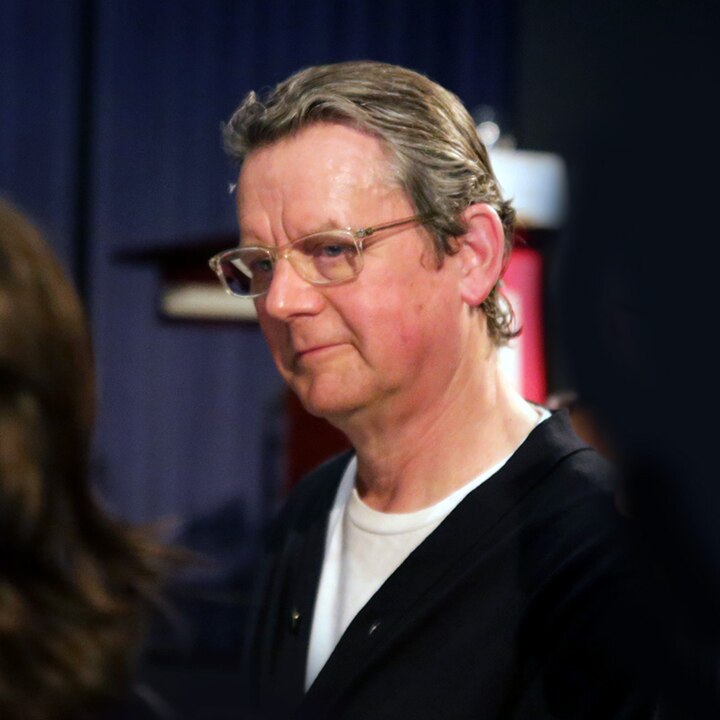
Jeff Wall trained as a painter before becoming a photographer known for his large-scale, staged photographs. His background in painting is evident in the careful composition and attention to detail in his images, which often resemble cinematic or painterly tableaux. Wall’s photography blurs the line between the two mediums, creating works that feel like paintings come to life.
Pierre-Auguste Renoir
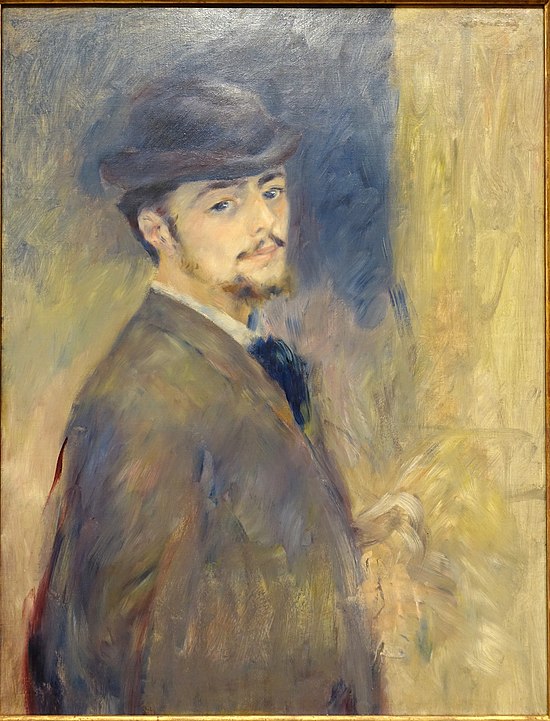
Though known for his impressionist paintings, Renoir also dabbled in photography. His painterly eye for light and color influenced his photographs, which bear the same luminous quality as his paintings. Renoir’s interest in capturing the fleeting moments of everyday life is evident in both his painting and photographic work.
Annie Leibovitz
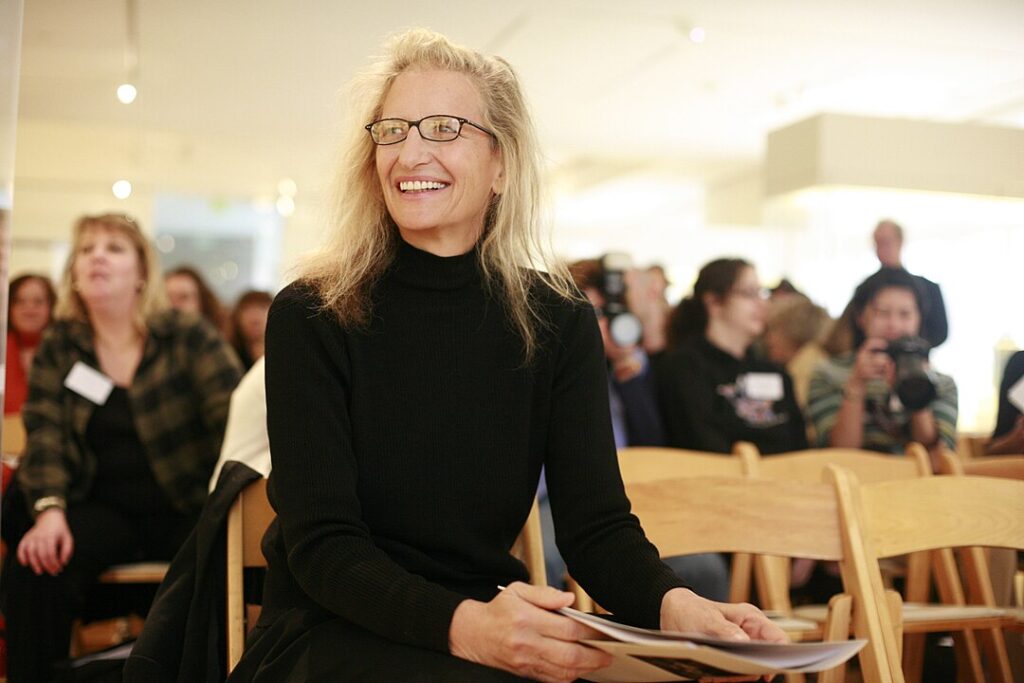
Annie Leibovitz, though primarily a photographer, began her artistic training as a painter. Her painterly understanding of composition, light, and color informs much of her portrait photography. Leibovitz’s portraits often feel carefully staged, with a painter’s eye for the way light falls on the subject and how space is composed within the frame.
André Kertész
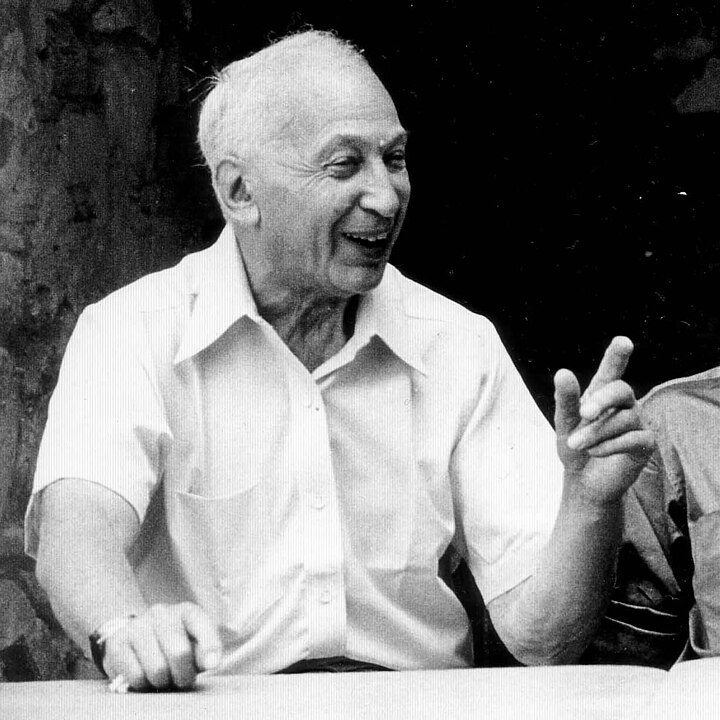
André Kertész was trained as a painter in Hungary before becoming one of the most influential photographers of the 20th century. His painterly sensibility is evident in his photography, particularly in his use of light, shadow, and composition. Kertész’s photographs often feel as if they could be paintings, with a focus on capturing the poetic, fleeting moments of everyday life.
This article originally appeared on UnifyCosmos.
More from UnifyCosmos
20 Ways on How to Create a Cozy Reading Nook at Home
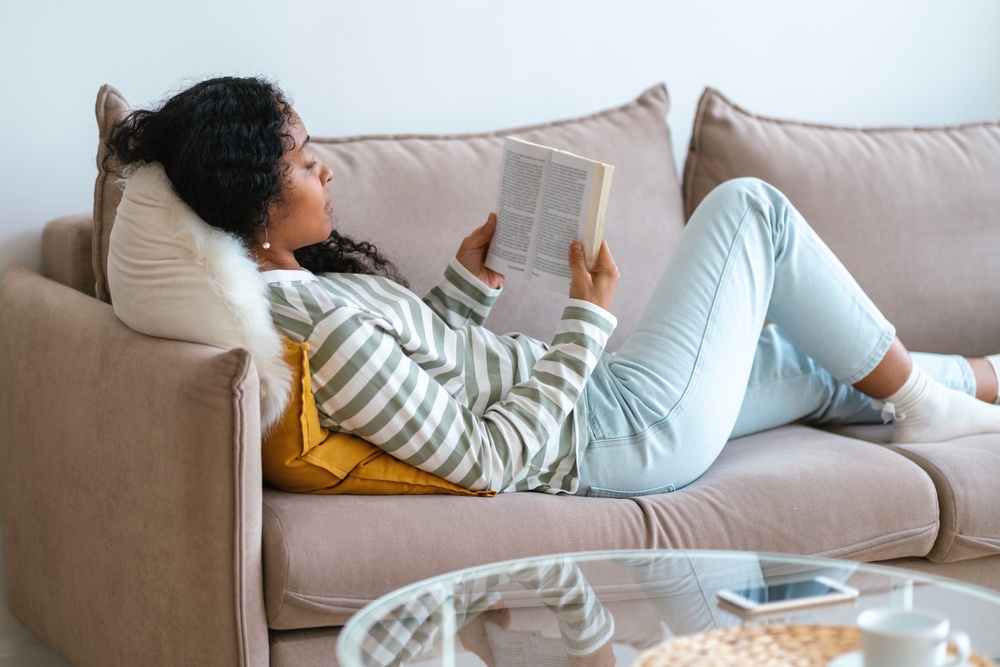
Creating a cozy reading nook at home is easier than you might think. Start by choosing a quiet corner with good natural light. Read more!
19 Ideal Spots for a Tranquil Paddleboarding Retreat
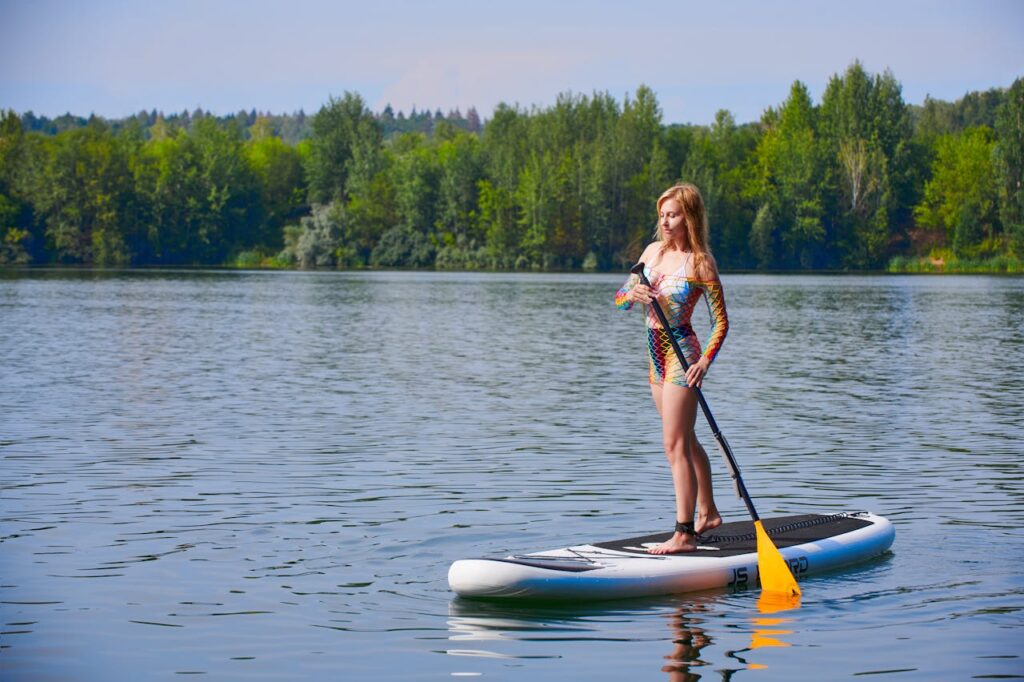
Whether you’re a seasoned pro or a beginner, you’ll find the perfect backdrop to enjoy the beauty of nature. Ready to find your next paddleboarding paradise? Read more!
23 Innovative Ways to Spark Inspiration in Daily Life
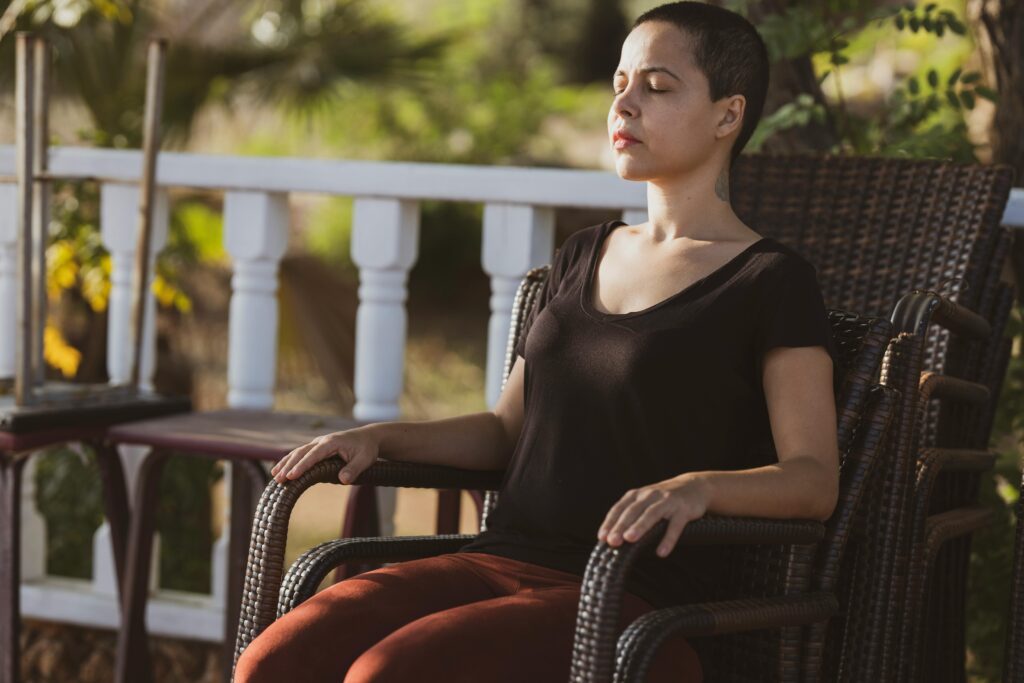
Whether it’s trying something new or revisiting a forgotten passion, there are countless ways to reignite your creativity. Here are some innovative approaches to keep the spark alive every day. Read more!
Leave a Reply